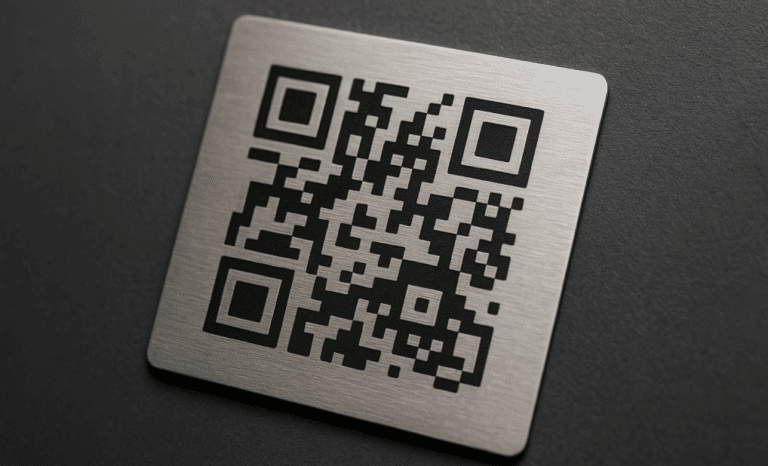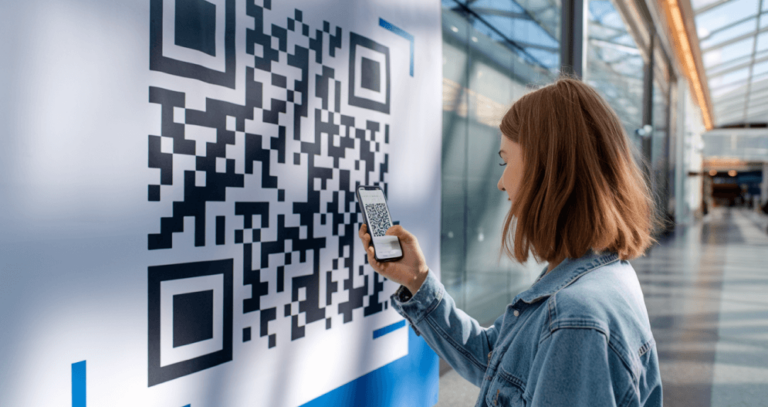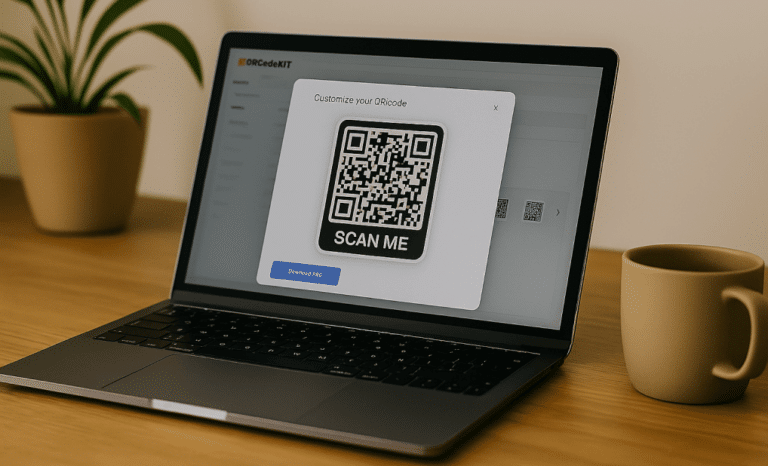QR codes have become the invisible connectors between the physical and digital world. But in environments where durability is a must—factories, outdoor installations, industrial equipment, or long-term signage—traditional paper or plastic stickers simply don’t cut it. That’s where the QR code print on metal becomes not just a solution, but a strategic advantage.
Why printing QR codes on metal is a game-changer
When we talk about high-performance QR codes, we’re often thinking beyond marketing flyers or coffee shop menus. Many industries—from manufacturing and construction to logistics and energy—require QR codes that can endure extreme conditions while staying perfectly readable. Metal offers that rare combination of durability, precision, and versatility that makes it suitable for a wide range of environments.
A QR code print on metal isn’t just about looks. It’s about longevity, resistance, and performance over the long run. Whether it’s exposed to high heat, moisture, UV rays, or rough handling, metal-printed QR codes stay intact and easily scannable.
Engraving, etching, or printing: What’s the best method?
There are several methods to apply a QR code to metal, each with its pros and specific use cases:
Laser engraving
Laser engraving is one of the most precise and durable methods to mark QR codes on metal. The laser removes the top layer of the material, embedding the code directly into the surface. It’s ideal for environments exposed to friction, chemicals, or temperature extremes. Think of factory equipment, construction tools, or long-lasting signage.
Etching
Similar to engraving, etching is a chemical or mechanical process that cuts into the surface. It offers fine detail and can be combined with color infill to enhance contrast. While slightly less durable than laser engraving, it’s still a strong option for product packaging, metal labels, or brand tags.
UV printing on metal
For retail stores, product displays, or office signage where aesthetics matter just as much as durability, UV printing can be used to apply QR codes onto coated metals. This method allows for colorful designs, including the addition of a logo, template, or artistic elements—making it suitable for branding purposes.
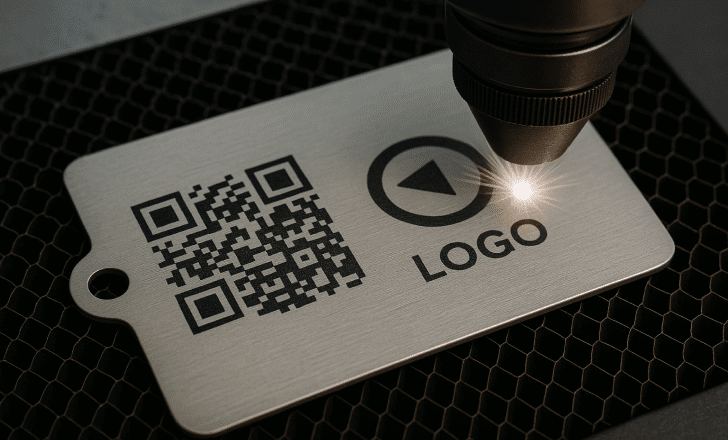
What materials work best?
You might be surprised at how many materials are compatible with QR code printing and marking. For metal specifically, popular options include:
- Aluminum: Lightweight and corrosion-resistant. Great for both indoor and outdoor use.
- Stainless steel: Highly resistant to heat, chemicals, and weather—perfect for industrial and medical environments.
- Anodized aluminum: Offers added protection and a premium finish, often used in office or retail settings.
Some brands also combine metal QR codes with wood, glass, or plastic elements for hybrid signage or creative displays, depending on their environment and design needs.
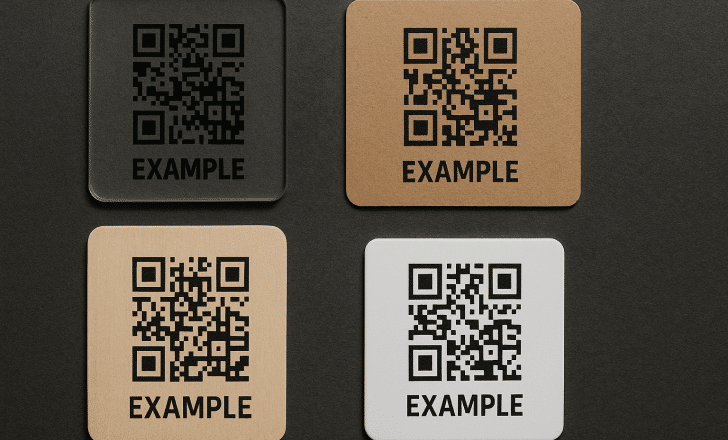
Where QR code print on metal really shines
Printing or engraving QR codes on metal is particularly beneficial in areas where paper or plastic would deteriorate quickly. Consider the following examples:
- Manufacturing floors: Marking machine components or tools with embedded QR codes that link to safety procedures, repair manuals, or supplier contact details.
- Retail displays: Adding sleek, branded QR plaques that connect customers to videos, tutorials, or product reviews.
- Museums and galleries: Durable metal signage with QR codes that link to additional information, artist bios, or translations.
- Smart packaging for luxury goods: A metal tag engraved with a secure QR code can add a sense of quality and permanence to premium products.
A growing need across various industries
Today, businesses in numerous types of sectors are adopting QR code print on metal to extend the life and utility of their physical-to-digital interfaces:
- Retail: Permanent displays and smart shelving
- Automotive: QR tags in the engine bay for service history
- Energy: Outdoor labels on solar panels or wind turbines
- Tourism: Informational signage in national parks or trails
- Healthcare: Instrument tracking or linking to digital instructions
The demand for eco friendly, long-lasting, and scannable solutions is reshaping how we think about QR code deployment.
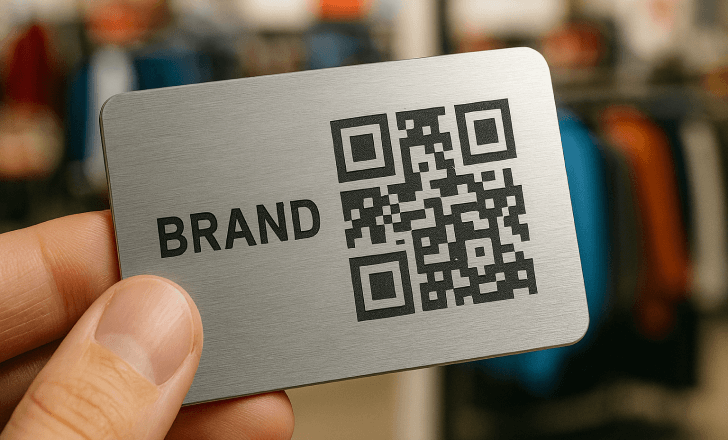
Key considerations for creating metal QR codes
Before you create your own QR code print on metal, it’s important to plan for success. Here are a few essential tips:
- Contrast is critical: Especially with engraved or etched codes, high contrast ensures better readability.
- Size matters: A larger code area allows for more data, such as URLs with embedded UTM parameters or detailed dynamic redirects.
- Leave safe margins: Avoid crowding the QR code with logos or text. Use a template that ensures scanning works across devices and machines.
- Test before producing: Whether you’re using a laser engraving method or UV printing, always scan the code on different smartphones and lighting conditions to guarantee performance.
The role of dynamic QR codes in metal printing
One of the most exciting things about combining QRCodeKIT’s dynamic QR codes with metal printing is the flexibility it unlocks. You can:
- Keep the same metal tag while updating the destination link.
- Use the same metal-etched QR code across multiple campaigns by simply changing the backend settings.
- Track scan data, such as visitor location, time of scan, and device type, even if the code is physically static.
This means even engraved QR codes—typically considered permanent—can become flexible tools for marketing, support, or maintenance workflows.
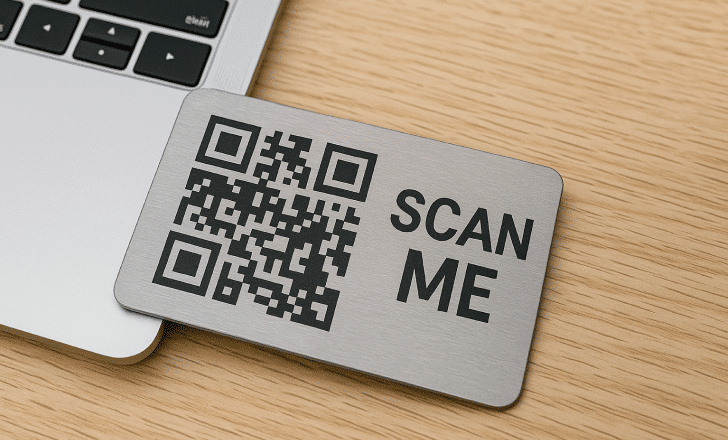
When is printing on metal better than using a sticker?
There’s a simple rule: when durability, precision, or security is your priority, metal is the superior choice.
- In outdoor or high-traffic environments, metal codes stand up to environmental factors like sun, wind, and rain.
- In controlled environments like offices or retail stores, metal brings a premium feel while preventing tampering or fading over time.
- In industrial use, they avoid wear that could render a sticker unreadable.
In short, QR codes printed or engraved on metal aren’t just tougher. They’re smarter, especially when paired with a robust platform like QRCodeKIT.
How QRCodeKIT helps businesses go from scan to solution
At QRCodeKIT, we understand that it’s not just about generating a code—it’s about enabling real-world, lasting connections. Whether you’re working in retail, manufacturing, or creative industries, our platform empowers you to:
- Create custom QR codes, including artistic or branded designs.
- Embed them on a wide range of materials, including metal, wood, and plastic.
- Add smart redirects, video content, forms, or helpful links.
- Track and optimize performance over time with built-in analytics.
We help turn every code into a bridge between your brand and your audience—designed to last, wherever it’s placed.
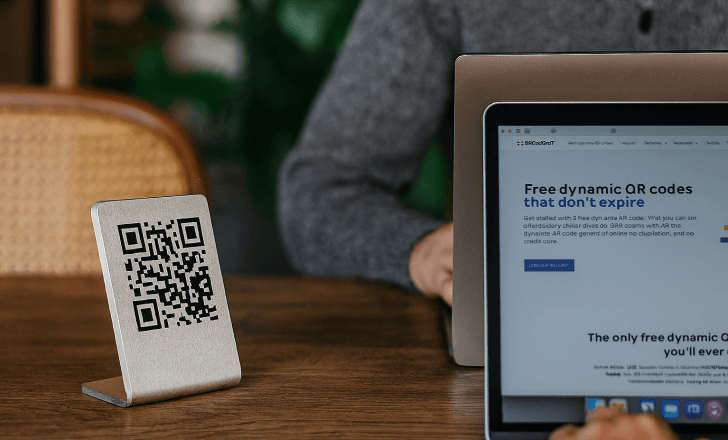
What’s the difference between QR stickers and metal codes?
In one word: resilience.
QR stickers are a great starting point, especially for campaigns or temporary promotions. But when permanence, efficiency, and branding are at stake, metal-printed QR codes offer an edge that’s hard to match. You can connect with users long after paper fades.
Plus, with modern laser or UV methods, it’s possible to etch or print extremely detailed designs that align with your brand’s aesthetic without sacrificing function.
Ready to enhance your QR experience?
From factory floors to creative displays, QR codes are no longer confined to paper. If you’re looking for a durable, scannable, and design-friendly way to bring the power of QR codes to metal, QRCodeKIT gives you the tools to do it—efficiently, beautifully, and at scale.
Let your codes do more. And last longer.
